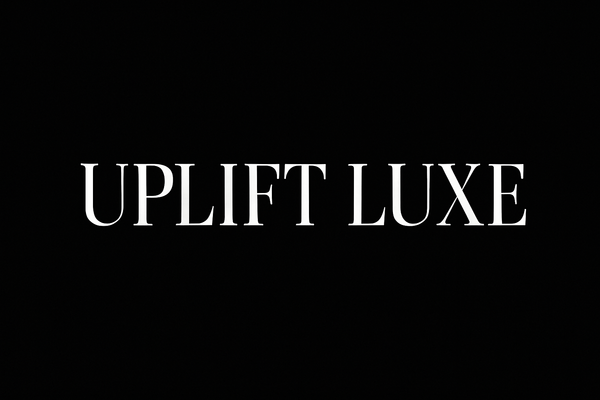The Timeless Thread: How European Fashion Shaped Our World
There's something almost mystical about tracing the evolution of European fashion through the centuries—observing how a single silhouette can embody the aspirations of Renaissance nobility, the defiance of 20th-century pioneers, and the vision of today's avant-garde designers. European fashion transcends mere trends and changing hemlines; it represents a rich tapestry interwoven with cultural transformation, artistic innovation, and humanity's enduring desire to elevate the simple act of dressing into something extraordinary.
Understanding European fashion means understanding Europe itself—its conflicts and harmonies, its upheavals and renewals, its eras of extravagance and moments of minimalism. Each garment narrates a tale beyond individual expression, speaking to shared identity, societal evolution, and our timeless drive to create beauty amid any circumstance.
The Language of Power and Prestige
From Renaissance courts draped in ornate brocades to the majestic structures of Baroque attire, European fashion has always recognized clothing as a form of dialogue. Those complex embellishments and luxurious textiles served purposes far beyond ornamentation—they proclaimed authority, demonstrated loyalty, and showcased cultural refinement that resonated across borders and through time.
The shift from Rococo's gentle pastels and delicate lacework to the Industrial Revolution's fashion democratization signified more than aesthetic evolution—it marked a profound transformation in who could join the style conversation. When haute couture emerged in 19th-century Paris, it achieved something revolutionary: establishing fashion as we understand it today, positioning garments as simultaneously artistic and commercial, rooted in tradition yet driven by innovation.
Revolution Through Design
The 20th century stands as perhaps the most captivating chapter in European fashion history, marked by a radical reimagining of clothing's purpose and potential. When Coco Chanel freed women from the confines of corsetry, she designed more than garments—she architected liberation itself. The emergence of prêt-à-porter accomplished more than accessibility; it transformed style into a democratic ideal, proposing that sophistication belonged not exclusively to the privileged but to anyone possessing vision and discernment.
European designers championed these transformations deliberately, recognizing that exceptional fashion both mirrors and molds its society. Every innovative fabric, every groundbreaking silhouette, every daring aesthetic decision answered evolving social landscapes, emerging artistic philosophies, and shifting perspectives on identity, gender, and personal expression.
Where Heritage Meets Innovation
Contemporary European fashion occupies an extraordinary intersection where centuries of history converge. Modern designers don't simply echo the past—they reimagine it, crafting collections that respect generations of artisanship while engaging with distinctly current concerns: environmental responsibility, technological integration, and global awareness. Fashion capitals like Paris, Milan, and London function as creative crucibles where this fusion unfolds, where heritage and progress engage in perpetual, dynamic dialogue.
The enduring significance of European fashion history extends beyond aesthetic influence to philosophical impact. It reveals that fashion never exists in isolation—it encompasses culture, identity, and our fundamental need to manifest our authentic selves through our sartorial choices.
Engaging with this history transforms us from passive fashion consumers into active participants in a cultural conversation spanning centuries and continents. Each time we select one piece over another, we contribute our own thread to this magnificent, continuously evolving tapestry of European elegance.
Experience the continuity of European fashion heritage at Uplift Luxe, where centuries of style evolution meet contemporary consciousness in every thoughtfully curated piece.
